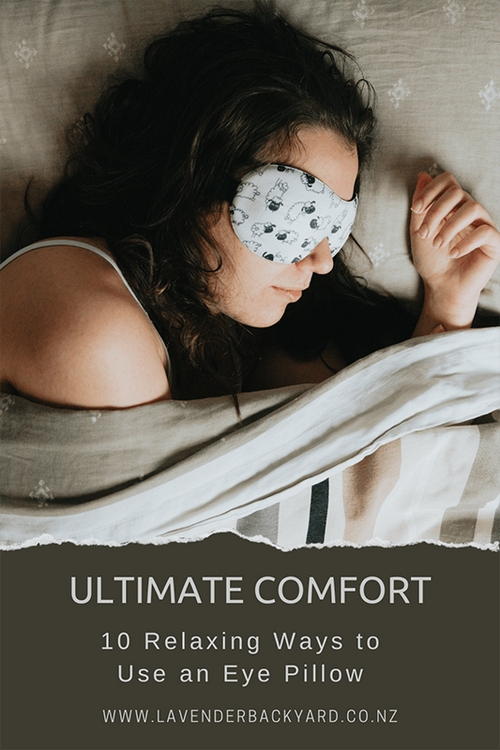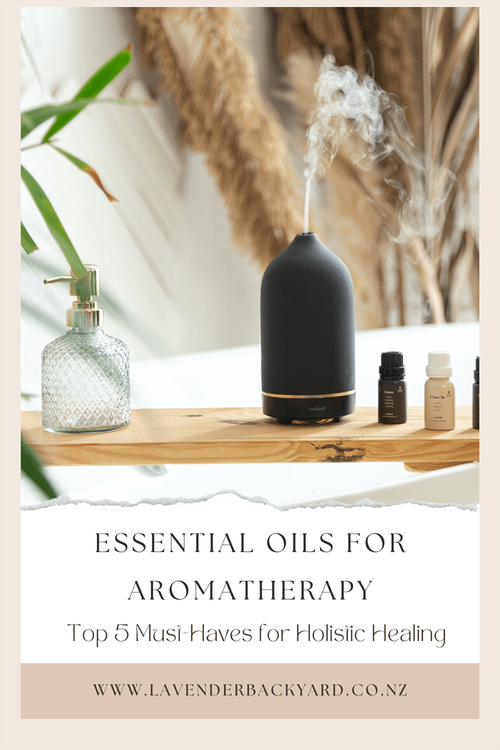Why Chamomile Lavender Tea is Your Key to Better Sleep?
Share

🌿 Why Is Chamomile Lavender Tea Good for Sleep?
If you often find yourself tossing and turning at night, chamomile lavender tea may offer a gentle, natural solution. This aromatic herbal blend has been cherished for centuries for its calming properties—and it's now backed by both tradition and science. But what exactly makes chamomile and lavender such a powerful sleep duo?
In this guide, we’ll explore how chamomile lavender tea supports better sleep, how to prepare it, and the best time to enjoy it as part of your evening routine.
🔎 Table of Contents
- Key Benefits of Chamomile Lavender Tea for Sleep
- Chamomile vs. Lavender: What’s the Difference?
- How to Make Chamomile Lavender Tea at Home
- When to Drink Chamomile Lavender Tea for Sleep
- Is Chamomile Lavender Tea Safe for Everyone?
- Chamomile Lavender Tea as Part of a Wind-Down Routine
- Why Choose Our Chamomile Lavender Tea?
- Explore More Natural Sleep Solutions
🌙 Key Benefits of Chamomile Lavender Tea for Sleep
Chamomile lavender tea is more than just a cozy nighttime drink—it’s a powerful herbal remedy that can help support natural, restful sleep. Here's how it works:
-
Promotes Relaxation
Both chamomile and lavender are rich in calming compounds that help quiet the nervous system, easing mental tension and preparing your body for rest. -
Improves Sleep Quality
Regularly drinking this herbal tea before bed can help you fall asleep faster, stay asleep longer, and wake up feeling more refreshed. -
Acts as a Natural Sedative
The natural compounds in these herbs—such as apigenin in chamomile—have gentle sedative effects, making it easier to drift off without grogginess the next day. -
Reduces Stress and Anxiety
Studies suggest that both chamomile and lavender may reduce cortisol (the stress hormone), supporting emotional balance and a calmer bedtime experience. -
Soothes the Digestive System
Chamomile in particular is known for its digestive benefits. A calm gut can support overall comfort, which is essential for falling and staying asleep.
💡 Tip: For an extra-calming ritual, pair your tea with our Lavender Pillow Sachets or Lavender Sleep Spray to layer the relaxing effects.
🌼 Chamomile vs. Lavender: What’s the Difference?
Although chamomile and lavender are often used together for sleep support, they work in different yet complementary ways—which is what makes this blend so effective.
Chamomile
Chamomile is best known for its calming effect on the nervous system. It contains a natural antioxidant called apigenin, which binds to certain receptors in the brain that help reduce anxiety and promote sleepiness. It’s especially useful for calming a racing mind before bed.
Lavender
Lavender, on the other hand, works mainly through the sense of smell. Inhaling its floral aroma interacts with the limbic system—the part of the brain that controls emotions and mood. Lavender has been shown to lower heart rate and cortisol levels, easing you into a state of deep calm.
When combined, chamomile and lavender create a multi-sensory calming ritual—soothing your body with chamomile and your mind with lavender.
🍵 How to Make Chamomile Lavender Tea at Home
Making this calming herbal tea is simple, soothing, and only takes a few minutes. Here’s how to prepare the perfect cup before bedtime:
You’ll Need:
- 1 chamomile tea bag or 1–2 teaspoons of dried chamomile flowers
- ½ teaspoon of dried lavender buds (or 1 drop of food-grade lavender essential oil)
- 1 cup of freshly boiled water
- (Optional) Honey or lemon to taste
Steps:
- Bring the water to a gentle boil.
- Place the chamomile and lavender into a mug or infuser.
- Pour the hot water over the herbs and cover the mug to retain the aromatic oils.
- Steep for 5–10 minutes, depending on your desired strength.
- Remove the tea bag or strain the herbs.
- Add a touch of honey or lemon if desired, and sip slowly in a quiet setting.
💡 Tip: Steep 1–2 teaspoons of dried herbs (or a tea bag) in hot water for 5–10 minutes. Add a touch of honey or a slice of lemon for extra comfort. Always start with small amounts to see how your body responds.
🕰️ When to Drink Chamomile Lavender Tea for Sleep
To get the most out of chamomile lavender tea’s calming effects, timing matters.
Best time to drink:
About 30 to 60 minutes before bedtime. This allows your body enough time to absorb the calming compounds in chamomile and lavender and ease into a state of relaxation.
Why this timing works:
- The mild sedative effects begin to take hold as you wind down.
- It aligns well with a bedtime ritual (e.g., after a warm shower, before reading or journaling).
- Helps your nervous system transition from activity mode to rest mode.
💡 Tip: Pair it with a calming environment—dim the lights, silence your phone, and avoid screens for a more effective sleep cue.
If you're someone who tends to wake in the middle of the night, consider sipping a lighter-strength version of the tea earlier in the evening to avoid bladder interruptions while still supporting relaxation.
⚠️ Is Chamomile Lavender Tea Safe for Everyone?
Chamomile lavender tea is considered safe for most people, but it’s still important to know your body and consult a professional when necessary. Here’s what to keep in mind:
🌱 Allergies
Chamomile is part of the daisy (Asteraceae) family, which includes ragweed. If you have allergies to ragweed, marigolds, or daisies, it’s best to avoid chamomile unless advised otherwise.
🤰 Pregnancy
While many herbal teas are safe in moderation, pregnant or breastfeeding individuals should consult a healthcare provider before using chamomile, lavender, or any essential oil-based herbs.
💊 Medication Interactions
Chamomile and lavender may enhance the sedative effects of medications like benzodiazepines or sleeping pills. They may also interact with blood thinners or medications for high blood pressure.
✅ Safe rule of thumb: If you’re taking medications or managing a health condition, always talk to your doctor before adding herbal teas to your routine.
🌙 Chamomile Lavender Tea as Part of a Wind-Down Routine
Herbal tea works best when paired with intentional bedtime rituals that cue your body and mind to relax.
Try combining your cup of chamomile lavender tea with one or more of these soothing practices:
- Use a Lavender Sleep Spray on your pillow or bedding to deepen the sensory effect.
- Diffuse essential oils or use a warm herbal eye pillow to engage more senses.
- Take a warm shower or bath about an hour before bed. The drop in body temperature afterward helps signal your brain it’s time to sleep.
- Journaling or light reading (no screens!) can help transition your mind away from stress.
- Pair with our calming Lavender Body & Home collection for a gentle bedtime ritual.
By making tea part of a predictable wind-down, you train your body to respond to relaxation cues more quickly—leading to deeper and more consistent sleep.
🌿 Why Choose Our Chamomile Lavender Tea?
Not all teas are created equal—especially when it comes to natural sleep support. Here’s what sets our blend apart:
- Organically Grown in New Zealand: We grow and harvest our chamomile and lavender using sustainable, organic practices on our family farm.
- Whole Flower Quality: No dusty fillers or mystery blends—just real flowers, handpicked and dried to preserve their natural oils and soothing properties.
- No Additives or Artificial Flavours: What you steep is what you get—pure, botanical ingredients without synthetic perfumes or preservatives.
- Crafted for Ritual: Whether you're pairing it with our Lavender Pillow Sachets or simply sipping solo, every cup is designed to be a moment of calm.
🌙 Ready to experience deeper, more restful sleep—naturally? Start your wind-down ritual with a cup of our Chamomile Lavender Tea tonight—hand-harvested and organically grown right here in New Zealand.
🛌 Explore More Natural Sleep Solutions
Looking for more gentle ways to support your sleep naturally?
From calming bedtime rituals to aromatherapy and herbal remedies, our Natural Sleep Aid Guide is your go-to hub for science-backed tips, product recommendations, and expert routines.
Discover what works best for your body and take the first step toward better rest—naturally.





